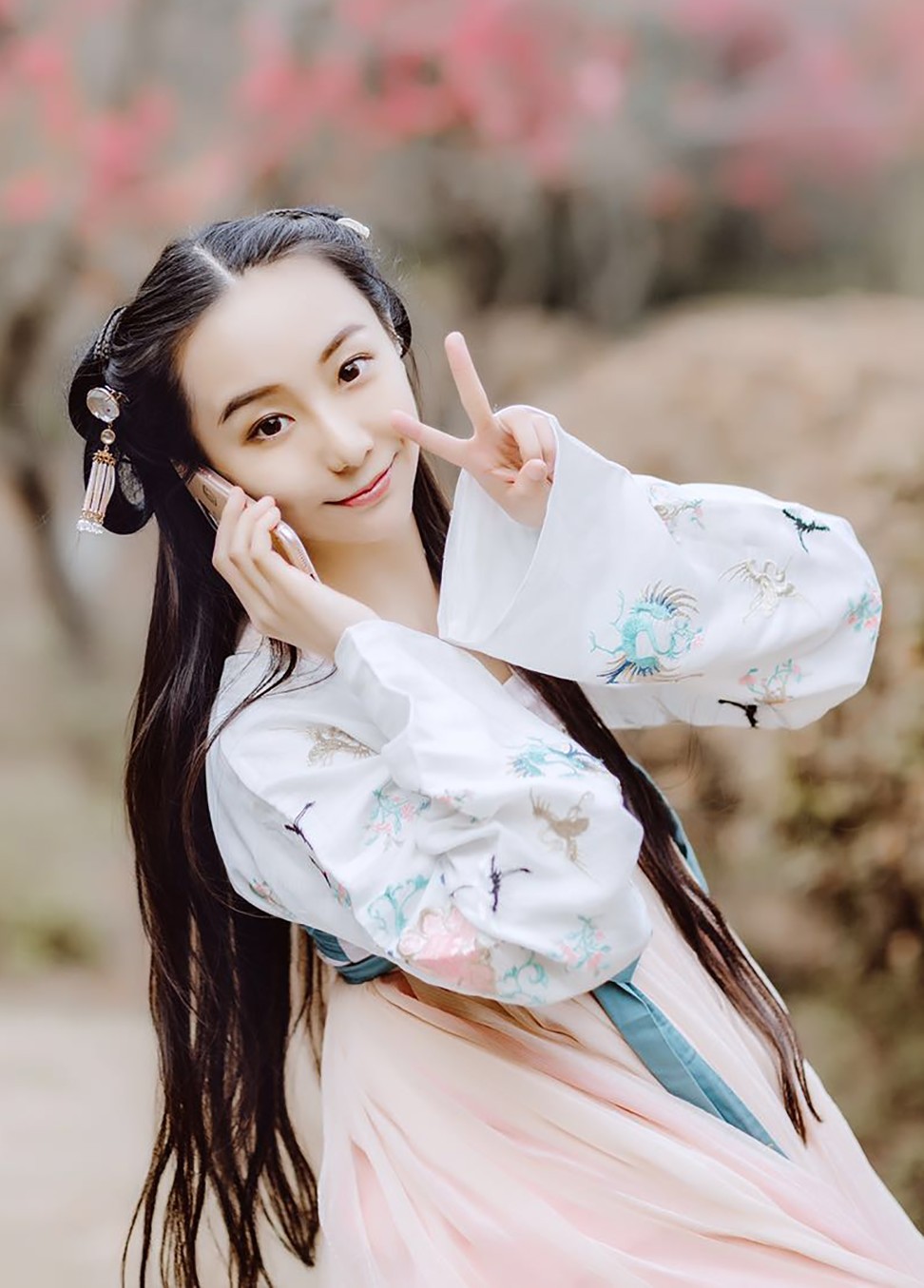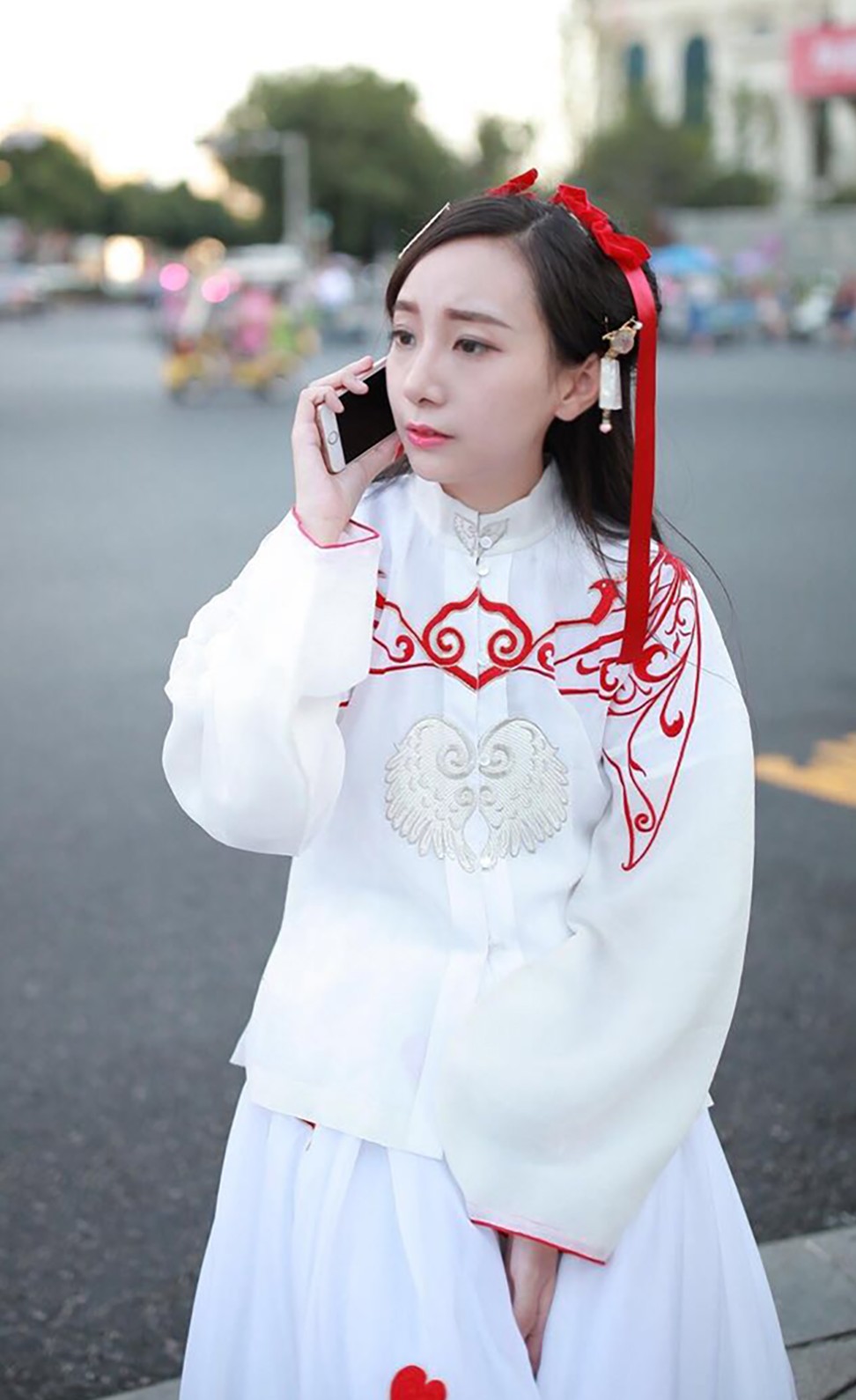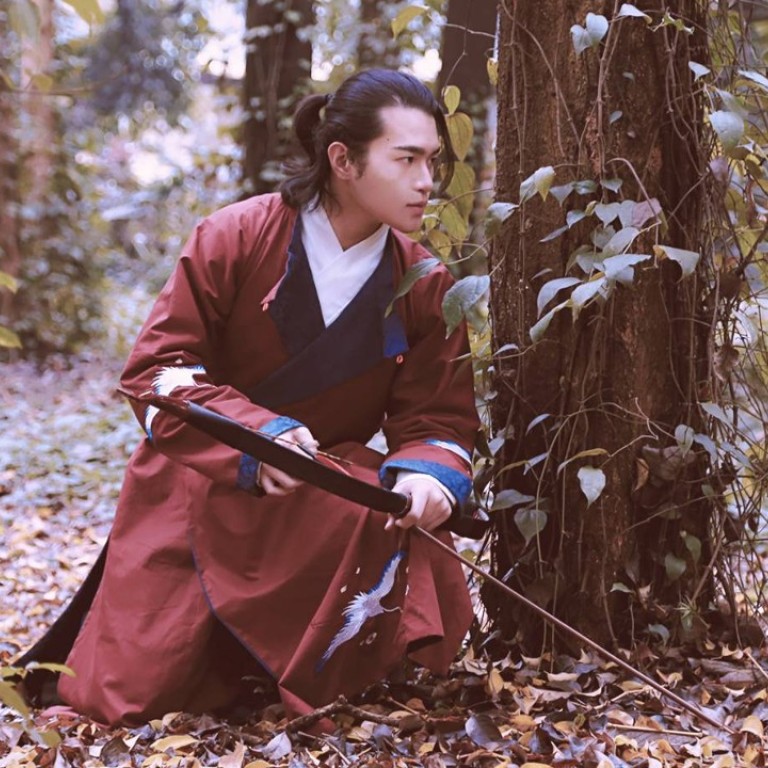
The Hanfu fashion revival: ancient Chinese dress finds a new following
400 years after falling out of favour, the flowing, and sometimes controversial, robes of the Han ethnic group are back in style
When Luo Zhenchen first put on Hanfu, the traditional dress of China’s Han people, its wide sleeves, crossed collars and long robes transformed him.
“I felt a strong sense of affection and belonging,” the Guangzhou University design student said in an interview with the South China Morning Post. “I like the traditional culture behind it.”
Luo, a sophomore, now wears Hanfu once a week. He also joined the Hanfu Society at his school. Its members celebrate traditional Chinese festivals, clad in Hanfu, and go into the community to lecture about their garments.
Luo is by no means alone in venerating traditional Chinese attire. An increasing number of Chinese argue that Hanfu, which characterised the Han ethnic group for more than three millennia, is worthy of far greater attention today – both at home and abroad.
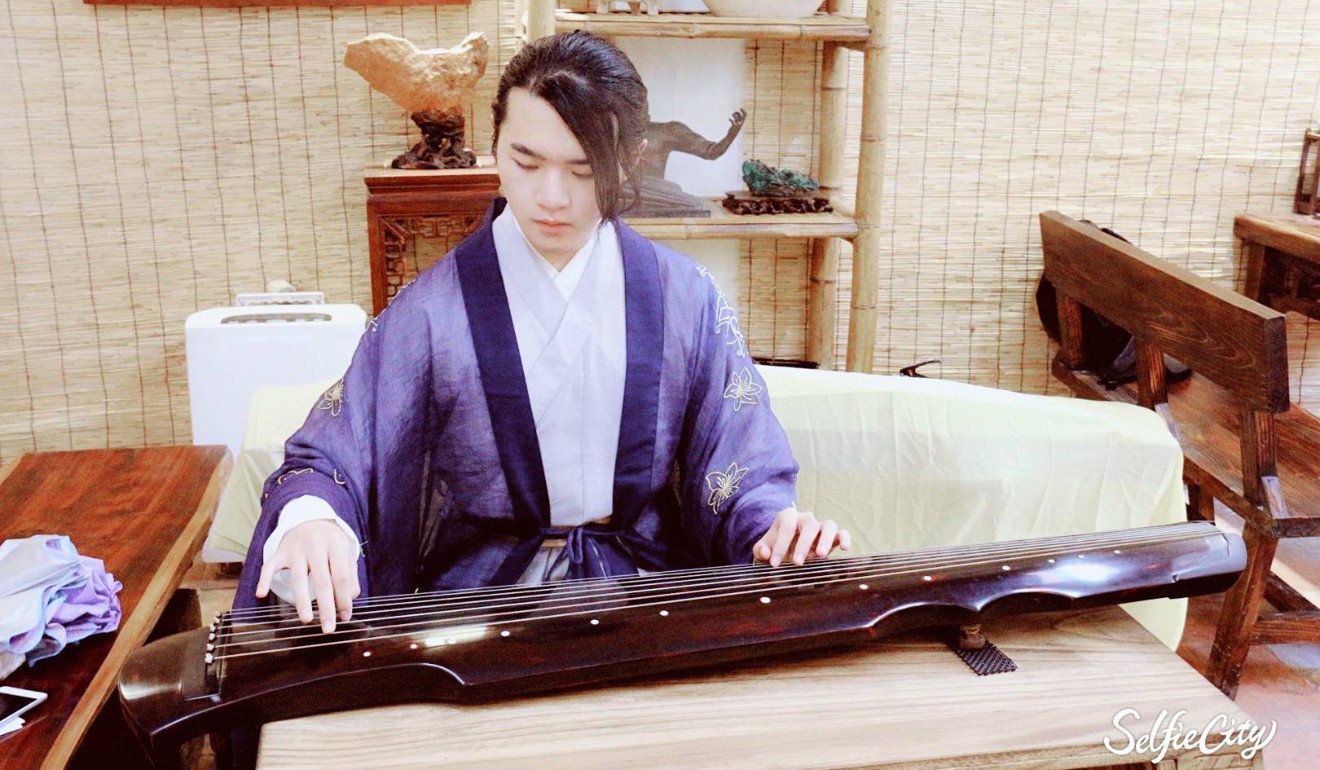
After vanishing from history for about 400 years, the style has gained a substantial number of followers on the mainland in the past 15 years as the country attaches more importance to tradition and calls on the public to be proud of Chinese culture.
Hanfu, Luo said, had a “more broad historical context” than he expected. He said he also admired the “historical origins and historical tales” in its components.
Most Hanfu enthusiasts, like Luo and his peers at the university, reserve their outfits for traditional festivals; only a small proportion wear them every day.
A university student recently made headlines on Chinese media for dressing in Hanfu for more than 300 days in a single year to promote the style and culture.
To complement his traditional robe, Kang Wei, a commerce and management student at Southwest Petroleum University in Chengdu, Sichuan province, wore shoes made from black cloth and, on rainy days, carried an umbrella made from oil paper, Chengdu Business News reported.
“I admire Kang’s courage to wear Hanfu every day,” Luo said. “This kind of dress is different from what people wear nowadays.”
Gao Zhiluo, a photographer from Luoyang in central China’s Henan province, is another diehard Hanfu supporter. She has worn the apparel almost every day since 2014.
She was drawn to the costume from childhood when she was learning to play the pipa, a four-stringed instrument sometimes called the Chinese lute.
When she plays on stage she always dresses in Hanfu, which she described as “beautiful and comfortable to wear”.
Her passion for Hanfu carries into her everyday life. Before she goes out with friends, she spends an hour selecting her clothes, making up, combing her hair and choosing shoes and a handbag.
When she is out and about, she said people often misunderstand her. Lots of people stare, she said, and some mock her for wearing what they assume is a cosplay outfit. Others, with a nationalistic or patriotic bent, get annoyed because they think her traditional robes are Japanese or South Korean.
“I’m never put off by what they think because I know I’ve done nothing wrong or broken any rules,” she said. “But I am sad that people have such a lack of awareness of Hanfu. They don’t know that this is what our Han ancestors wore for thousands of years.”
Hanfu is not without its controversy. It has been linked to nationalist movements and even some of its most ardent fans have rejected calls to elevate it to China’s national dress. These naysayers point to the potential conflict such a move could spark between China’s Han majority and its 55 ethnic minorities.
Han people, who have made up the bulk of China’s population since ancient times, were forced to change their clothes to Manchu-style ones by the Manchu rulers of the Qing dynasty (1644-1911) in the mid 17th century. Many were killed for protesting the order.
It is hard to estimate the number of people who wear Hanfu today. Clubs promoting the fashion have sprouted at every major university and that demand has led to the creation of hundreds of new clothing brands. Just 10 years ago, there was barely a handful.
Most supporters say they wear the style to show their appreciation for Chinese culture or just for fashion, without caring about the Han nationalism publicised by some leaders of the Hanfu revitalisation movement more than a decade ago.
To raise Hanfu’s profile, in 2015 some members of the Chinese People’s Political Consultative Congress proposed making it China’s national dress, while several deputies to the National People’s Congress suggested that the robes worn by university students and academics on the mainland should be designed in a Hanfu style.
Not all Hanfu supporters endorse those suggestions, however. Wang Tingting, an online broadcaster from Chongqing in southwestern China, said she had been wearing Hanfu regularly for several years, but preferred to see it as the traditional dress of the Han people, not as a fashion style that represented all Chinese.
“Making Hanfu China’s national dress could be misleading, as if it was promoting Han nationalism and that could lead to ethnic conflicts,” she said.
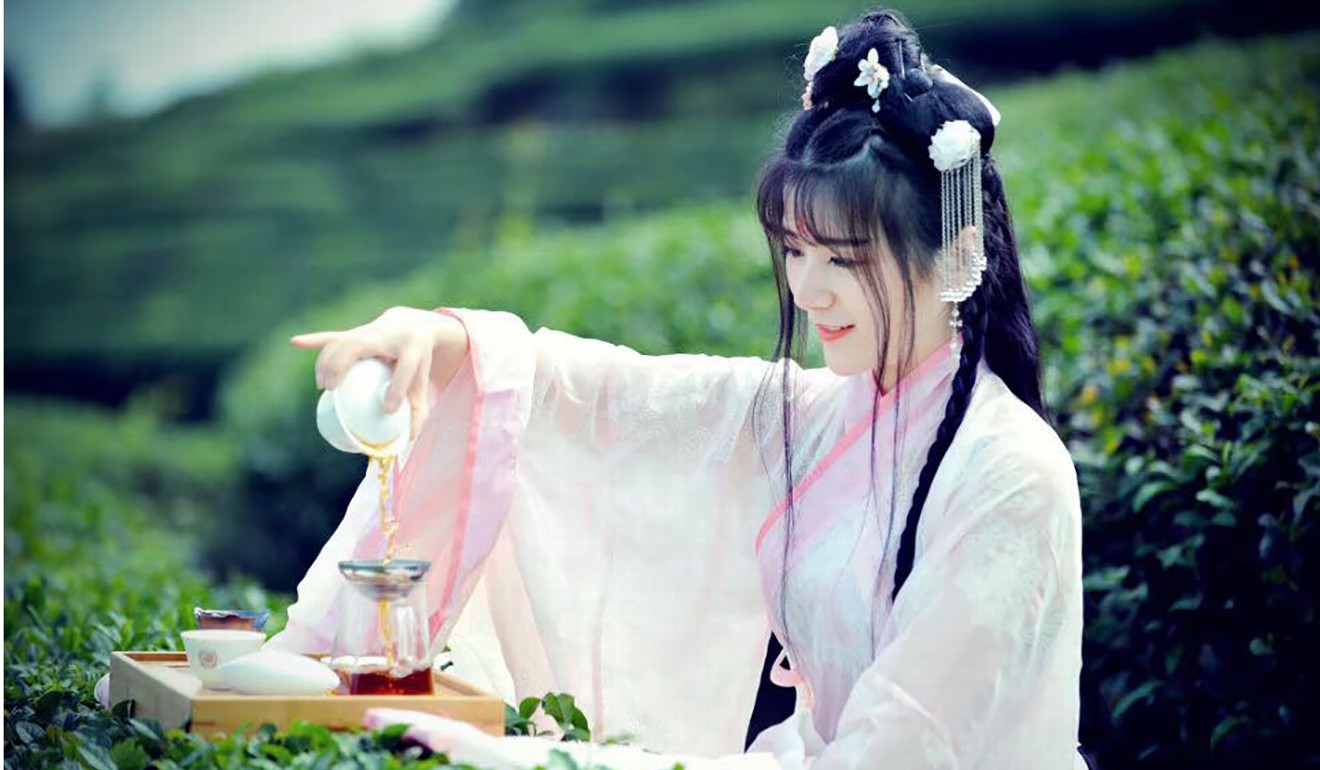
Luo shared Wang’s concerns, saying that it would be controversial to make Hanfu the national dress.
Gao said she could not understand why it was necessary to have a national dress.
“It’s just clothes,” she said. “Why bother to politicise it? “If Hanfu was our national dress, what would ethnic minorities think?”
Li Bochun, director of the Chinese Culture Rejuvenation Research Institute said it was comforting to see so many young people being drawn to Hanfu, but thought it was probably inappropriate for daily use.
“In this fast-paced society, is it realistic to wear it while riding a bicycle or scrambling to get on a bus or subway train?”


